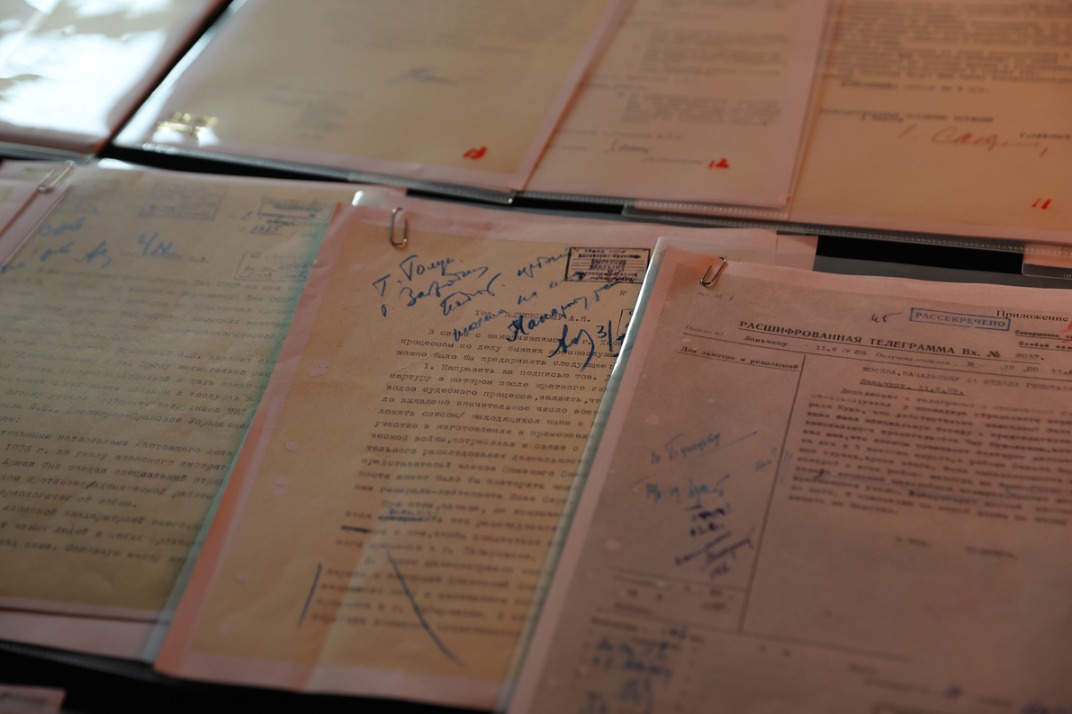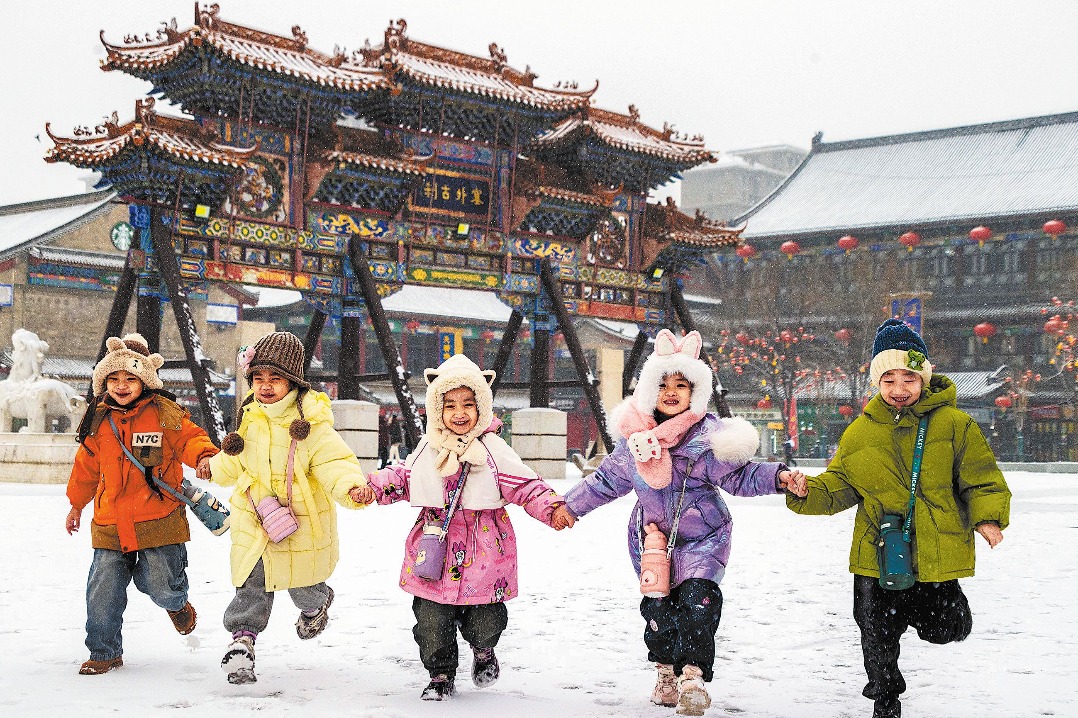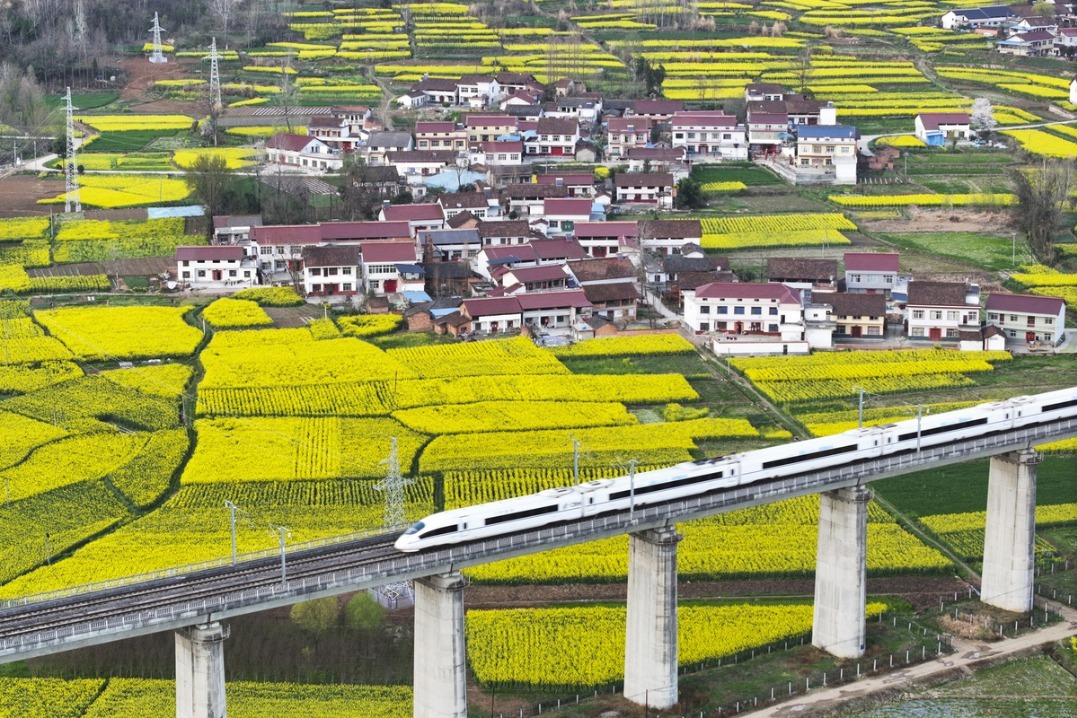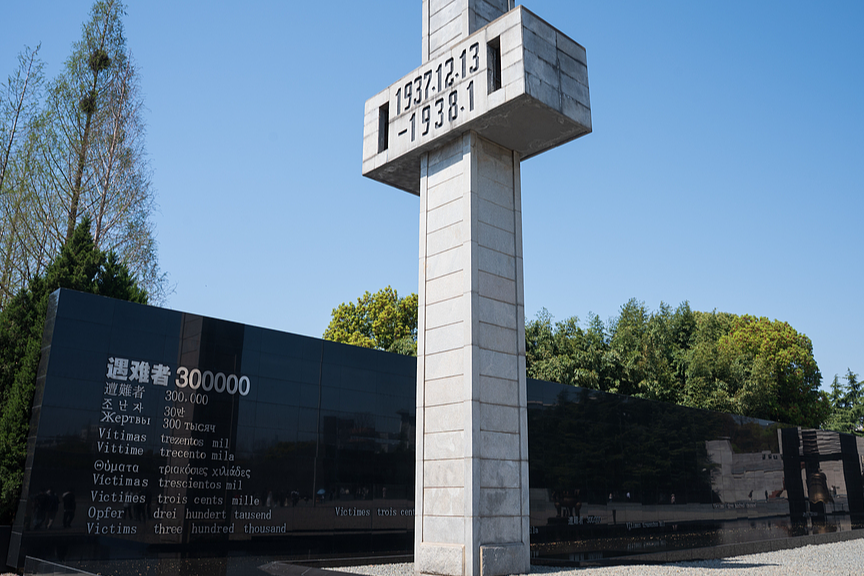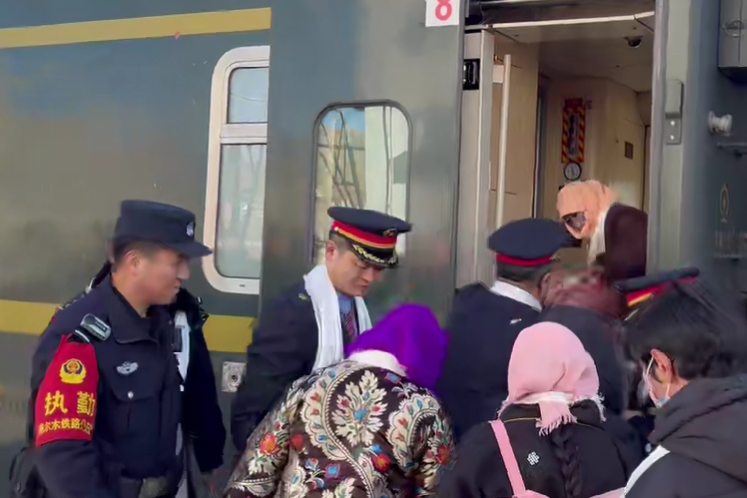Virus adds to problems of Native Americans

The federal government is responsible for providing education, healthcare and other services to the United States' Native American tribes, but inadequate services have left their communities in perpetually poor health with high suicide and dropout rates.
A 2018 report by the US Commission on Civil Rights found that Native Americans and Alaska Natives lack adequate power and water supplies, have the highest rates of diabetes, are five times more likely than non-Hispanic whites to have tuberculosis and that the members of the younger demographic are more likely to commit suicide.
The COVID-19 pandemic has only exacerbated the situation, as it has for other lower-income minority groups, numerous reports show.
According to Indian Health Services, there were 5,999 confirmed cases of novel coronavirus infection among Native Americans as of Tuesday.
The Navajo Nation, which includes parts of Arizona, New Mexico and Utah, had 3,668 cases by that day. The Navajo Nation has the third-highest per capita rate of coronavirus infection in the country, after New York and New Jersey.
Native Americans also typically have a higher risk of serious complications because they have higher rates of diabetes, heart disease and other conditions.
The remote locations of many Native Americans have made it difficult for the tribes to get and distribute goods and services.
An article published on medium.com reported that for the Chilchinbeto chapter of the Navajo Nation in northeastern Arizona, the nearest grocery store and gas station is about 40 kilometers away. The closest Walmart store is 2 and a half hours away by car. The remote location causes online orders to take weeks to arrive.
Ronson Chee, a Native American and principal engineer with Riley Engineering, published an article on indianz.com to explain why the Navajo Nation has been more seriously affected by the virus.
"The disproportionate high rates of COVID-19 on the Navajo Nation has recently made headlines... and has brought to light the lack of in-home sanitation facilities and lack of potable water infrastructure coverage," he wrote.
Chee said that the lack of critical water infrastructure has been cited as one of the primary reasons for the disproportionately high rates of COVID-19 cases on the reservation-many residents don't have ready access to clean water needed for hand-washing and other sanitary uses.
The lack of water infrastructure had been a long-standing issue before the pandemic. It is also "one of the primary underlying causes for the multitude of issues that plague the Nation such as high-poverty levels, low socio-economic status, lack of jobs, and other non-COVID-19 health disparities", he wrote.
Congress allocated $8 billion to Native American communities as part of the CARES Act passed in March. However, more than a month passed before the money began to trickle into the community, well after aid money was received by many other states.
Today's Top News
- China marks milestone in developing complex deepwater oil and gas reservoirs
- China remembers victims of Nanjing Massacre, 88 years on
- New plan will be a road map for a stronger future
- Taiwan's character of the year a vote against confrontation
- Strengthened resilience key for economy
- Video sheds new light on Japan's wartime atrocities
















